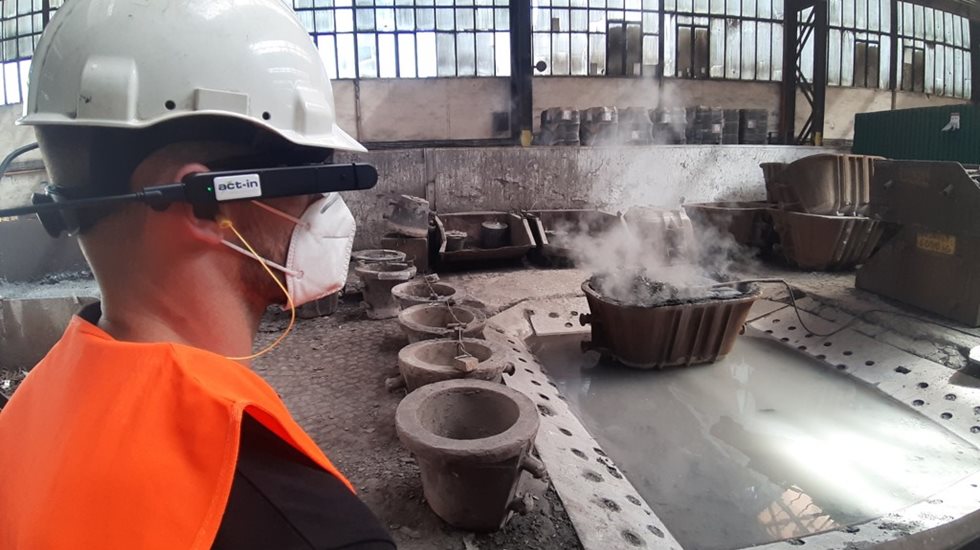My role in the company is to conduct QEHS (Quality, Environment, Health and Safety) related audits in our own production premises and at customer sites. We look for deficiencies and determine corrective actions, but we also point out good practices and initiatives. The purpose is to support our locations in implementing local, global and company-specific requirements and in developing local QEHS management systems. I have also assisted in the supplier sustainability audits overlooking the safety and environmental aspects.
COVID-19 has forced us to be extremely resourceful and open-minded in finding alternative methods to do our work; performing audits wasn’t an exception. Regardless of the pandemic, we must continue to ensure a safe working environment for all employees and contractors. QEHS audits play a major role in this. Also, supplier sustainability continues to be a priority, and the cooperation must continue even if travelling has stopped.
After carrying out more than 100 physical audits, I have a pretty good understanding of the requirements for a successful audit. We just needed to learn to do it in a different way, since physical visits were no longer safe or even possible in most cases. Video audits are very efficient, and they create clear cost savings in addition to environmental benefits.

